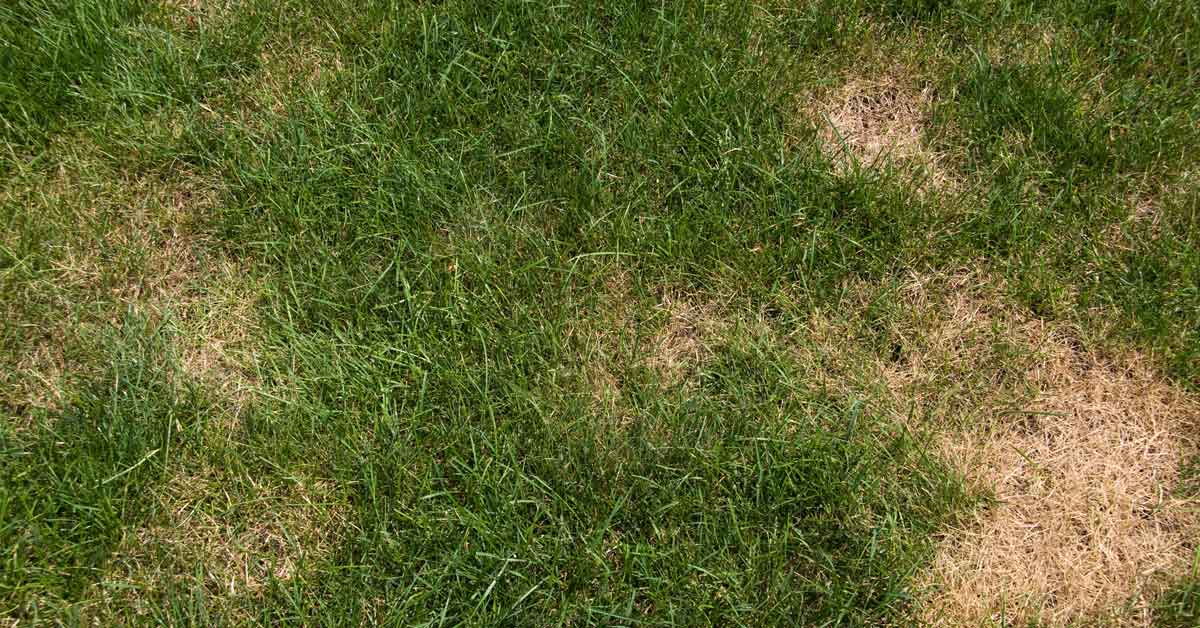
Running is an excellent form of exercise – beyond shoes, there’s no special equipment required, and almost anyone can take it up. We see a lot of runners at Morley Physio with a range of different injuries. Here are two of the most common, along with some expert tips on how to avoid them.
Achilles Tendinitis
The Achilles is the tendon running along the back of the ankle into the heel. Tendinitis in this area refers to the acute inflammation and pain in the back of the heel that comes with an overworked Achilles tendon.
The Cause:
The most common cause for Achilles tendonitis is overstriding. If the foot lands in front of the torso (especially if you land on the forefoot), it creates additional stress through the area. Another cause can be using toes to push off rather than engaging the glutes – again increasing stress, which can lead to inflammation.
The Treatment:
The best way to calm down the inflammation is through rest, ice and anti-inflammatories. Once the pain has eased, eccentric exercises can strengthen the area and help prevent a recurring incidence of tendinitis. One such exercise is to stand with your heels over the edge of a step and lower the injured foot slowly down. Raise yourself back up on the non-injured foot to avoid adding stress to the tendon. Repeat 15 times, twice a day.
Prevention:
Maintaining flexibility is key to preventing tendinitis. Just a minute of stretching a day can make a big difference, with the focus on the calf and ankle joint. Using a foam roller and massaging the joint area can also help to prevent pain.
If you have recurring pain, visit us at Morley Physio for advice on long-term solutions.
Runner’s Knee
The technical term is patellofemoral pain syndrome (PFPS), but this injury is so common amongst runners that it has become known as “Runner’s Knee”. It’s the pain that occurs from a mistracking patella (kneecap) irritating the femoral groove it sits in.
The Cause:
There are a number of things that can cause PFPS, including biomechanical issues like positioning of the kneecap; worn cartilage; high arches or flat feet; or even knees that turn in or out.
The Treatment:
When it becomes painful, the best option is to rest the knee or cut back on the amount of training you’re doing. Try and avoid too many knee bending activities including stairs and slopes.
Prevention:
Knee problems can often be fixed by wearing the correct footwear for your foot type and gait.
When it comes to running injuries, it pays to be aware, catch them early if possible, and take care to treat ongoing issues properly. If you have any questions, or are experiencing any bodily pain that you’re concerned or curious about, contact us at (08) 9468 6666.






:max_bytes(150000):strip_icc()/identifying-and-controlling-septoria-leaf-spot-of-tomato-1402974-02-b556ef33db30454dbc021c3e7cea89b5.jpg)

